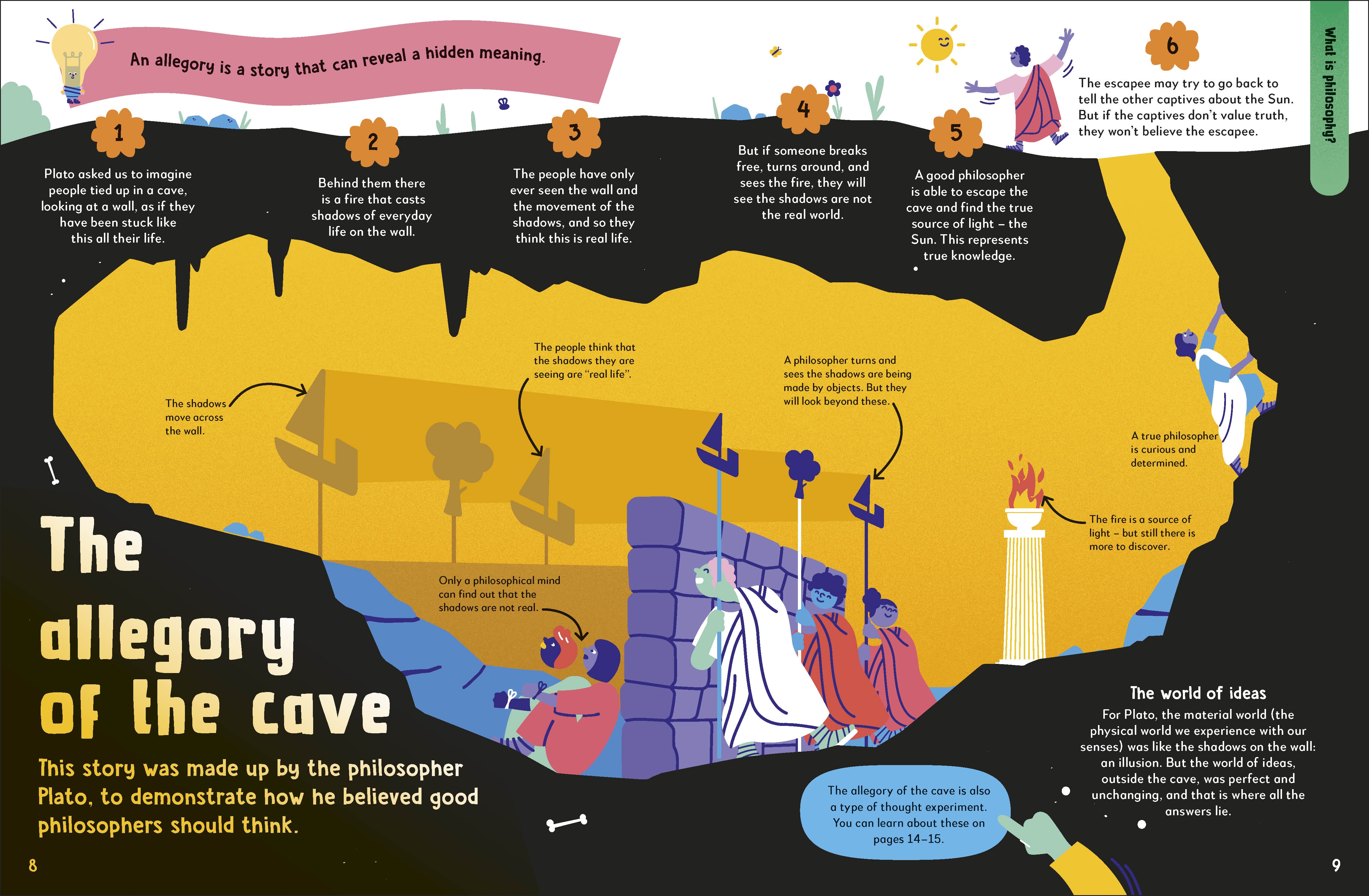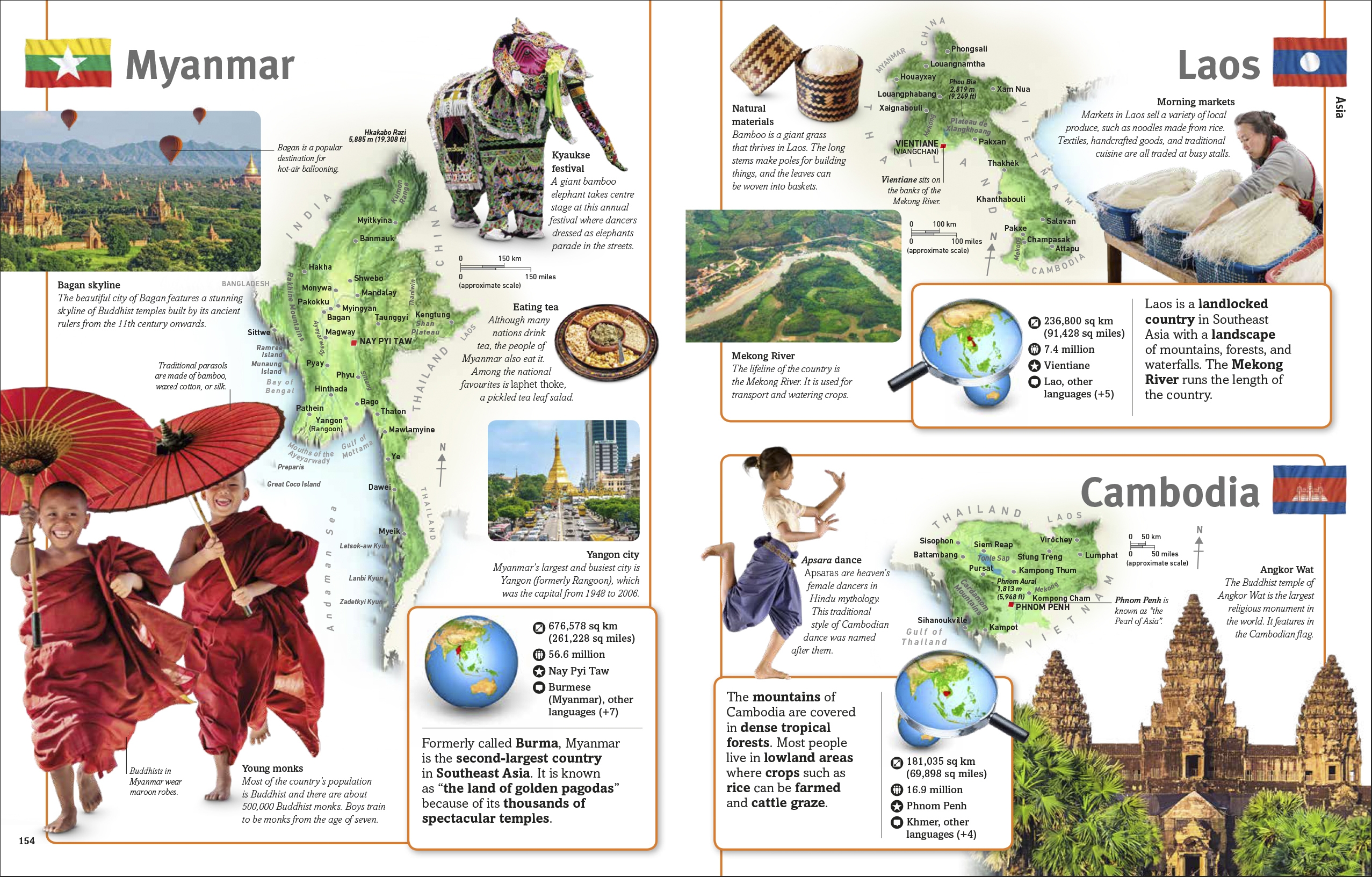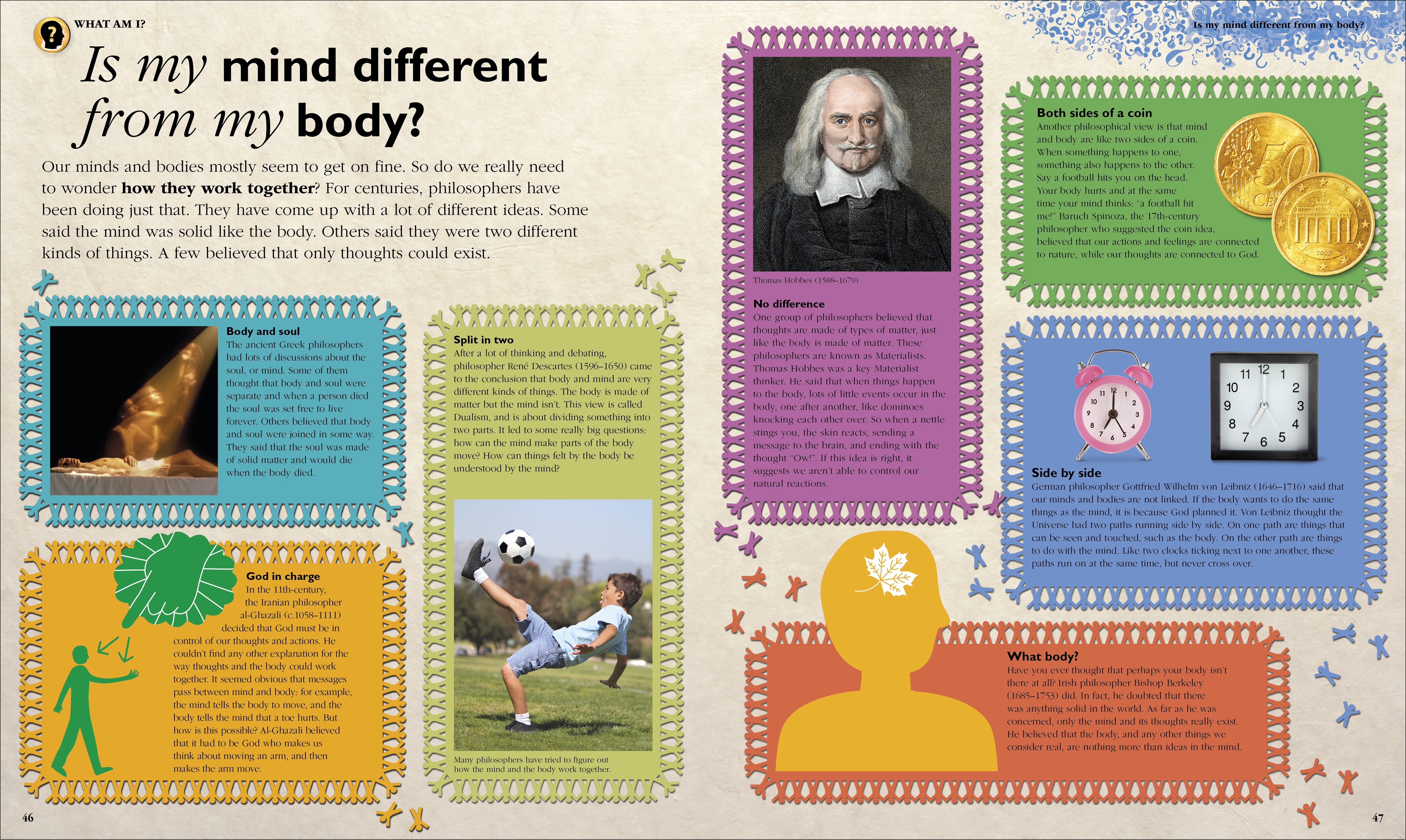Article Post
06 Jul 2023
by Shahzia Ghafoor
How to Use Big Questions to Develop Critical Thinking Skills in the Primary Classroom

Critical Thinking Skills (CTS) are skills with which children debate a statement. They are specifically taught and include (but are not limited to): asking questions, analysing the statement, reasoning about what it means, communicating with others in a debate and problem-solving to come out in support of one side of the debate. This article will explore the need for teaching CTS in the classroom with examples of things to try.
Why teach critical thinking skills?
Throughout my twenty years as a teacher, I have always found the sharpest students (those with sound argument, not the most intelligent) are those who can hold their own in a debate. Whether that be a classroom debate about why schools should not have a uniform, or a slanging match in the playground about who is the better footballer. Students who have the capacity to hear an argument and formulate a response instantaneously, have all the hallmarks of a leader and now - more commonly - an influencer.
On a world stage, the leaders with the most influence are those who can persuade others to their way of thinking - think beauty companies, fashion houses, politicians and social media influencers. How do they do it? Critical thinking skills (CTS): a structured way of thinking involving analysis of ideas and constructing a viewpoint.
As societies move towards a greater need for intellectual intelligence, I can foresee the most successful generations will be those whose students are taught to persuade others of their point of view. So if CTS can empower leaders to have the most influence in decision-making, then we have to teach these skills explicitly to young people, right?
Using big questions to teach critical thinking skills
Why should we reduce our carbon footprint, when the world’s governments are not role-modelling their expectations?
If we should look after animals, why do we eat them?
These are examples of big questions (BQ). Both children and philosophers share the instinct to question, and kids start to question the world around them at an early age. BQs are those ‘deeper thinking questions’, which require students to think above and beyond their everyday experiences to formulate a response.
A book like Get To Know: Philosophy encourages and magnifies that natural inquisitiveness. We don’t teach philosophy as part of the UK primary curriculum, but the principles behind the CTS used in philosophy are so valuable and can be easily developed in the primary classroom.

In class, I give my students enough thinking time to come up with an answer. They think about the question by talking it through with a peer and then write down some ideas to give feedback to the class. In a debate, the thought process can be streamlined using CTS to formulate and present an argument.
There are many CTS, but for the sake of application in the classroom, I have whittled them down to five stages: asking questions, analysis, reasoning, communication and problem-solving. There is a little more detail about each stage further on in this article. Training a student to develop CTS is about repetitive practice at each stage. That way, the learner builds a logical way of thinking, which they can rely on when they come upon new questions and new ideas.
As the RE lead, I have made BQ part of the pedagogy of all RE lessons across the school. Now, all children from KS1-KS2 practise CTS at least once a week. I use BQ to start a debate.
For example, when learning about Hinduism, I asked my students, ‘What do you think Brahman does?’ After five minutes of chatting with their peers, some said, ‘He looks after everyone’. To get them to think a little deeper, I then asked, ‘Why do you think he would do that?’ This is where students got the chance to build a response. They suggested reasons based on their own experience of faith or no faith as to why an unseen God would want to look after everyone.
Learners can then continue to use their CTS to justify or disprove each other’s points. It is this logical reasoning that demonstrates the use of CTS in the classroom. RE does not need to be the gatekeeper of BQ; they can be used to develop CTS in all subjects. More about CTS in various curriculum subjects later.
Critical thinking skills and SMSC: a whole school approach
As BQ give rise to discussion, with logical arguments, they can also be useful in non-academic areas of school life as part of a wider SMSC remit. SMSC stands for spiritual, moral, social and cultural development. Schools are required to demonstrate children’s understanding of British Values, as per DfE guidance.
Once embedded in the school’s ethos and curriculum, BQ can be a useful tool for debate in all strands of British Values to deliver on SMSC:
Respect for the rule of law – An example might be: UK prisoner reoffending rates stand at 20-30%. So if 1 in 5 prisoners reoffend after they have served their sentence - why is there no respect for the rule of law? Or why is the rule of law not working?
Individual liberty – An example might be: Individual liberty promotes the freedom of speech and free-thinking, so why are there laws against hate crimes such as race?
Democracy – An example might be: Why should I raise my hand in class, when I never get picked? Or I didn’t vote for the Pupil Leader in my class, so why should I support their actions?
Mutual respect for and tolerance of different faiths and beliefs – An example might be: For all children in this country, the most valuable culture to learn about is British. So why is there a need for Cultural Heritage Day, or Black History Month?
A book such as Our World in Pictures: Countries, Cultures, People & Places is perfect for initiating BQ, such as Why do so many places have monuments or statues? What is their purpose and importance? or It’s interesting and important to learn about places and cultures around the world. Do you agree or disagree? Why?

BQ and CTS can even be brought into displays and assemblies. Interactive displays in corridors and classrooms can invite children to think more deeply through carefully-worded questions. Assemblies could regularly start with, end with or feature one or more BQ to encourage CTS to be applied to topics or issues that may not be addressed through curriculum lessons.
Critical thinking strands
There are many viewpoints on the different elements of CTS. As previously mentioned, I find these five strands, or steps, to be the most useful to develop in the classroom:
- Asking questions
- Analysis
- Reasoning
- Communication
- Problem-Solving
1) Asking questions
This is the most important part of structuring a debate to develop CTS. John Coleman at the Harvard Business Review suggests, ‘at the heart of critical thinking is the ability to formulate deep, different, and effective questions’.
I have found that the best questions should be open and provide students with the opportunity to come to more than one conclusion and to change their views upon persuasion.
When training teachers on how to use CTS, there are two simple steps:
- Set the context. It is useful for students to be able to rely on pictures as a visual stimulus, videos with a moral lesson to set the tone, a story or storyboard to show a sequence of events, tables or charts that show data or a text that can be referred to.
- KS1 - Provide a simple statement and let children give a reason for their answer. For example, Easter is a time for Christians to remember God. Do you agree or disagree? Why? Explain your reasons. KS2 - Students play devil’s advocate, by supporting an unpopular position, to get their defences going. For example, Rama killed the demon king to save Sita - was this the right thing to do?
2) Analysis
The analysis stage involves students interpreting the question in context. They work out what is being asked and begin to formulate a viewpoint using their knowledge and experiences.
3) Reasoning
At the reasoning stage, students need ample thinking time to develop their arguments. They need to write down different arguments for one point of view, working collaboratively in pairs or groups. Give students time to brainstorm their arguments and then ask each other if the ideas hold up.
4) Communication
This is the debate stage. Students get a chance to express their arguments and listen to others’ viewpoints in a debate. They build on or challenge each other’s ideas based on their own logic and reasoning. During a debate, oral learning interventions can help to structure an argument.
5) Problem-solving
The last strand of the CTS structure is when students come to a final conclusion or choose a side, having set out their position. In the real world, this skill is most useful when leading and maximising influence over others.
Useful strategies for developing critical thinking skills with pupils
Teachers can use a range of strategies to teach BQ in class to ensure their students develop CTS. Below are some strategies I have used in class to develop CTS, with their impact evidenced by Education Endowment Foundation (EEF).
1) Oral language interventions allow children time to practise their language skills in structured speaking and listening activities. In my school, we call it Oracy. It can involve reading aloud, active listening, providing speaking frames to structure thoughts, providing vocabulary to use in discussion or providing sentence starters to begin arguments. Oral language interventions become key in arming children with the tools to voice their views when answering BQ. When I have worked with students from an EAL background, scaffolds are essential to express a point of view. The EEF states that oral language interventions have a high impact on students for a very low cost to the school, based on extensive evidence.
2) Collaborative learning, aka peer or small group work, ensures all students participate in a task. This kind of activity encourages discussion of ideas and problem-solving. Ultimately, everyone in the group has to contribute to complete the task. The approach allows students to: create arguments for and against a big question, choose one viewpoint to persuade others and work through counter-arguments in debate. The EEF report on collaborative learning suggests there is a high impact for students with a low cost to the school, although evidence is limited.
Applying critical thinking skills in curriculum subjects
CTS can be developed in all subjects. Below are some ways teachers can give them a go in lessons.
- Reading comprehension - ‘Simone sighed and slumped her back against the gnarled trunk of the old chestnut tree.’ KS1 question: Simone is a moody character. Do you agree or disagree? Why?
- English Writing - “Mum, I’m off, can you put some money in my account? Thanks, Fam!” Ali shouted from the doorway. KS3 question: When a character uses slang, we create a perception of who they are and where they come from. This reduces our expectations of them. Why?
- Maths - using reasoning in word problems for children to explain their mathematical understanding.
- Science - formulating scientific enquiry questions.
- PE - exploring the impact of technical movement before or after an action.
- RE - exploring the aspects of celebrations that are similar and different in religions.
- Art - debating the use of art in a specific context.
- Design - reasoning about the use of sustainable materials in poor countries.
- Computing – debating the use of AI to support learning.
- Music - debating the use of music for more advantaged people vs less advantaged people.
- Humanities - mitigating the impact of natural hazards.
- PSHE, Relationships and Health Education – the Children’s Book of Philosophy asks, What is happiness? and, Is my mind different from my body?
- Citizenship – discussing notions of ‘right’ and ‘wrong’ and how societies agree on laws.

High-quality non-fiction books are often a great tool to prompt BQs in various subjects. A book like Knowledge Encyclopedia: Earth! can spark BQs about topics like the importance of forests and why the glaciers are melting. In fact, I’m thinking that when it comes to the environment and climate change, future generations of critical thinkers are exactly what our planet needs!
I firmly believe that if we teach CTS from a young age, we prepare our children to express themselves, listen to others, reason their point of view, challenge ideas, innovate and influence others. But most of all, we give them the tools to be confident and courageous when facing the world.
***
Shahzia Ghafoor is a primary teacher with a passion for all things education. She leads RE at her school and is the Year 3 lead. Shahzia is currently completing an NPQSL course and hopes to coach and mentor new teachers in the future. Her hobbies are cooking and fitness, and she likes a siesta in the afternoon!
